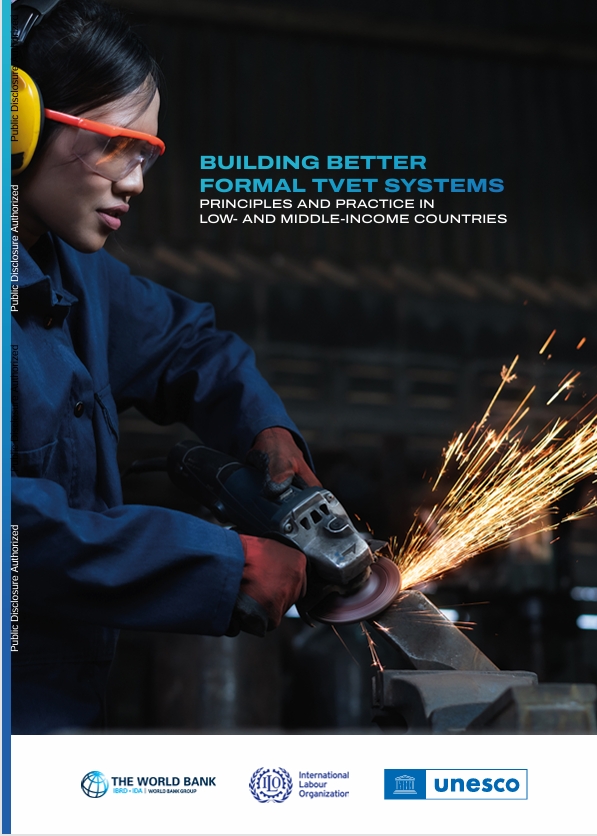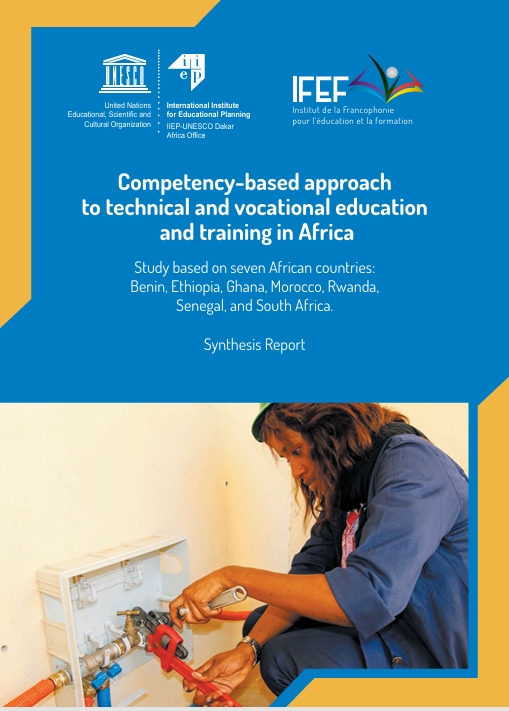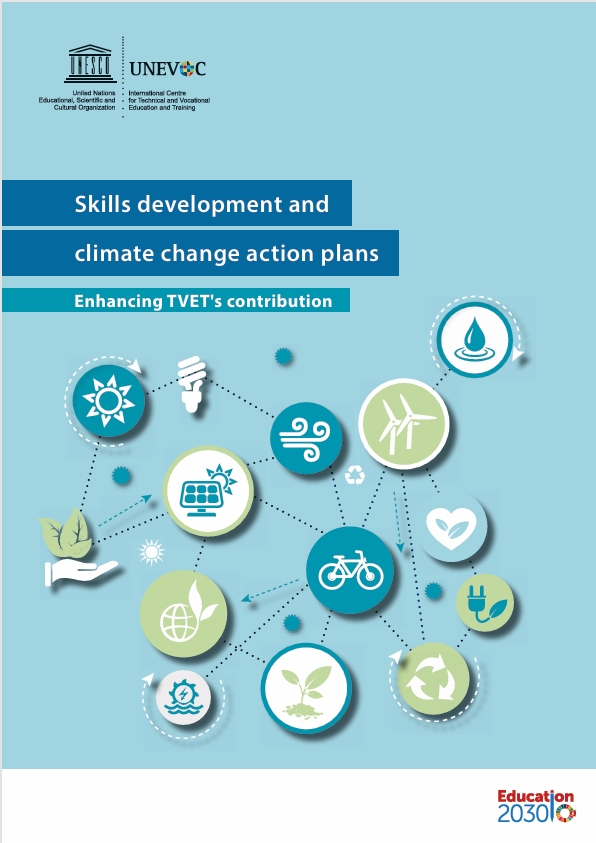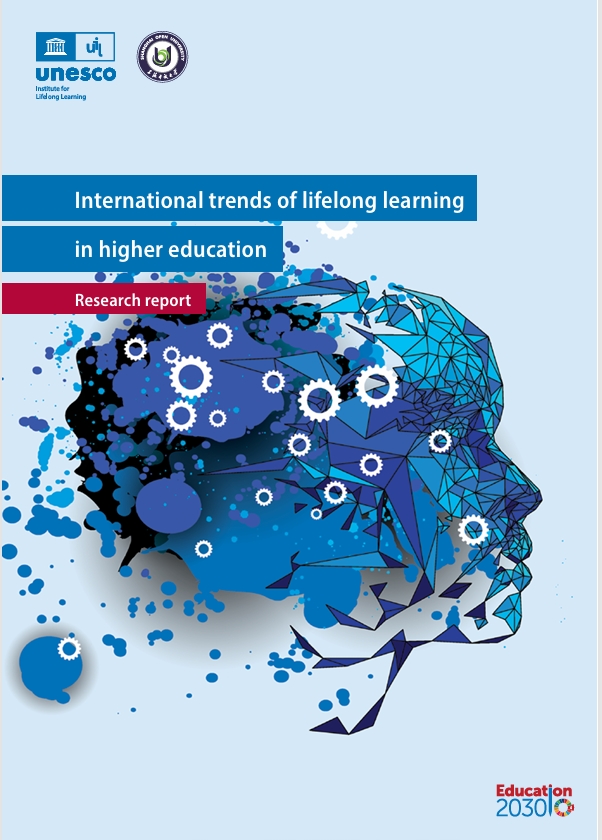Reform of formal technical and vocational education and training (TVET) is urgently needed in most low- and middle-income countries. Demographic trends, coupled with higher rates of students completing lower levels of education, can lead to an exponential increase in the number of secondary TVET students in the next 20 years, particularly in low-income countries (LICS). However, there are significant risks attached to expanding a system that is often considered a second-tier educational track and to which challenged learners are often directed. Because of a broken link between TVET systems and labor markets in low- and middle-income countries (LICS and MICS, together: L/MICS), TVET cannot deliver on its promise. The urgency is compounded by megatrends associated with globalization, technological progress, demographic transformation, and climate change, which affect both skills demand and the distribution of economic opportunities.
Getting TVET right is possible but also challenging. L/MIC governments are trying to respond to the calls for reforms in their TVET systems, but it is often difficult to improve TVET access, equity, quality, and relevance sustainably and at scale. Bangladesh, Mongolia, and El Salvador-like many other countries-illustrate the TVET reform successes and challenges.
• Bangladesh has implemented significant and successful reforms in numerous areas, but some aspects, like incentive payments to providers, have required extra effort. Between 2007 and 2019, several projects such as the Bangladesh Skills for Employability Project and the Bangladesh Skills and Training Enhancement Project (STEP) supported TVET reforms. The STEP supported selected public and private TVET institutions by increasing financing conditioned on reform efforts, institutional support, hiring and training teachers, strengthening links with the private sector, and funding to improve the quality and employability of trainees, including disadvantaged and female students. The reforms improved examination pass rates, student academic performance and retention, completion of shorter courses, and employment rates of short-course graduates. However, not all reforms went smoothly: a competitive Annual Performance Grant scheme was almost canceled during the project due to the TVET institutions' limited capacity to absorb funds but was later reinforced and was successful (World Bank 2019a).
• In El Salvador, a comprehensive TVET reform had positive effects on enrollment and learning, but that did not improve labor market outcomes. Between 2007 and 2012, the Millennium Challenge Corporation (MCC) supported a large range of reforms in El Salvador to improve the quality and relevance of selected TVET centers; reforms addressed financing constraints through scholarships, changed teacher recruitment and training procedures, invested in equipment and infrastructure, and introduced new programs. The reforms did increase enrollment in secondary and post-secondary TVET and improved learning outcomes, but they had no effect on student job placement or income in comparison with students in similar TVET centers. An evaluation of the reforms argued that a notable missing link was the lack of accountability, especially between employers and providers (Campuzano et al. 2016).
• A comprehensive TVET reform in Mongolia improved labor market outcomes significantly, but over time several reform elements were rolled back. Between 2008 and 2013 the government of Mongolia undertook a comprehensive reform package to improve TVET quality and relevance. The reforms focused on selected TVET institutions, establishing skills standards and competency-based curricula, retraining of teachers, introducing labor market information systems, enhancing career counseling, and upgrading training equipment and physical infrastructure. A randomized impact evaluation found that the reforms had positive impacts on employment and increased the earnings of women. However, after a political transition in 2012, several important reform elements were partly reversed. For example, a high-level TVET decision-making body that included private sector representatives was effectively dissolved (Field et al. 2019).
This report offers guidance to policymakers designing and implementing TVET reforms, emphasizing core principles and practical considerations for L/MICS. There is much to be learned from recent L/MIC reform experiences like those in Bangladesh, El Salvador, and Mongolia, about identifying effective reform strategies and the likely impact of megatrends on future demand for TVET. The report focuses on secondary and post-secondary non-tertiary formal TVET, defined as TVET obtained within the formal education system that leads to diplomas, degrees, or other formal certifications. This overview, summarizing the main messages from the report, has three parts. The first, "The TVET Promise," looks at the potential of TVET systems to deliver access to equitable, quality, and relevant training and contribute to employment and productivity. The second, "The TVET Challenge," articulates the main limitations in practice for L/MIC TVET systems. The third, "The Way Forward to Better TVET," proposes three interrelated transformations (three E's) and six policy priorities to help TVET deliver on its promise in L/MICS.






